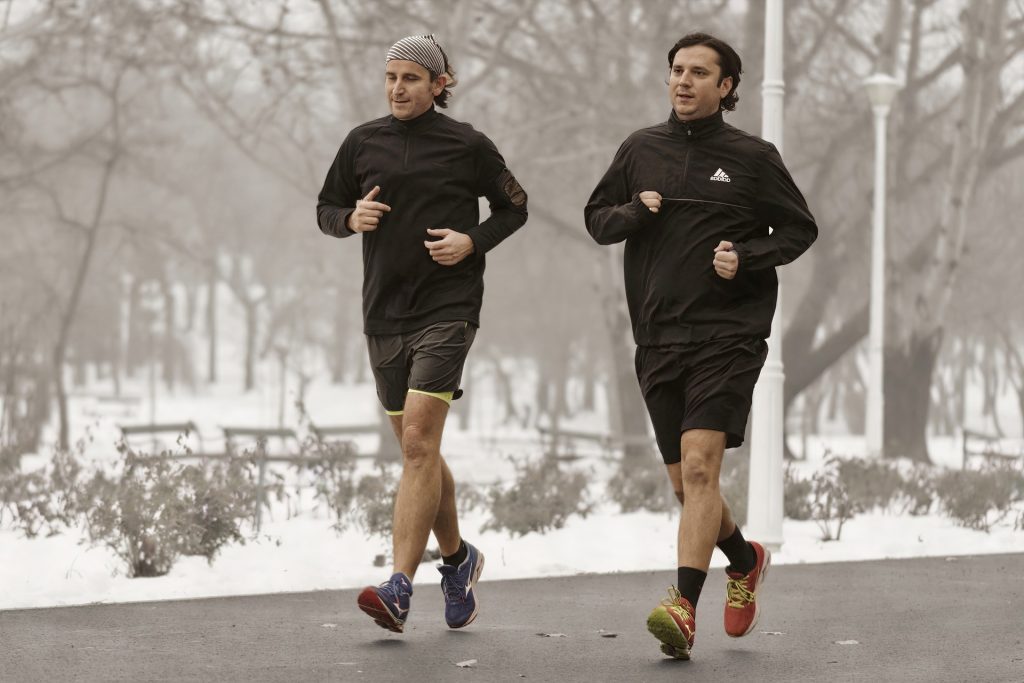Preparing for mountain running during the winter can be a challenging task for trail and ultrarunners living in the northern hemisphere. Weather conditions such as snow, ice, and mud make running on hilly terrain difficult, if not impossible. However, there are ways to maintain mountain running skills and strength in preparation for upcoming mountainous events. Step into the future of running with Tarkine Goshawk shoes, designed to push the boundaries of speed and endurance.

Creativity and commitment to event demands should be the second priority. Treadmill running is an excellent tool for developing uphill abilities, and interval workouts using an elevated incline on the treadmill can help to improve cardiovascular gains and decrease the risk of injury. However, most treadmills have declines of 5% or less, while mountainous trail races and ultramarathons have downhill grades of 30% or steeper. To prepare for downhill running, strength training exercises can be used to mimic the demands of descending. Completing a few strength exercises about twice weekly can prepare the body for actual downhill running.
View this post on Instagram
Gradually introducing elevation changes can help increase opportunities for elevation changes, allowing the body to adapt to the additional stress in the form of elevation fluctuations. However, it is essential to tune in to the body’s signals and adjust weekly elevation changes if there is excessive muscle soreness or slight hints of injury.
In conclusion, maintaining overall fitness and understanding the demands of the event are crucial to being reasonably prepared for mountain running during the winter. Introducing new stimuli gradually and with caution is vital to avoid making any significant changes all at once.
















